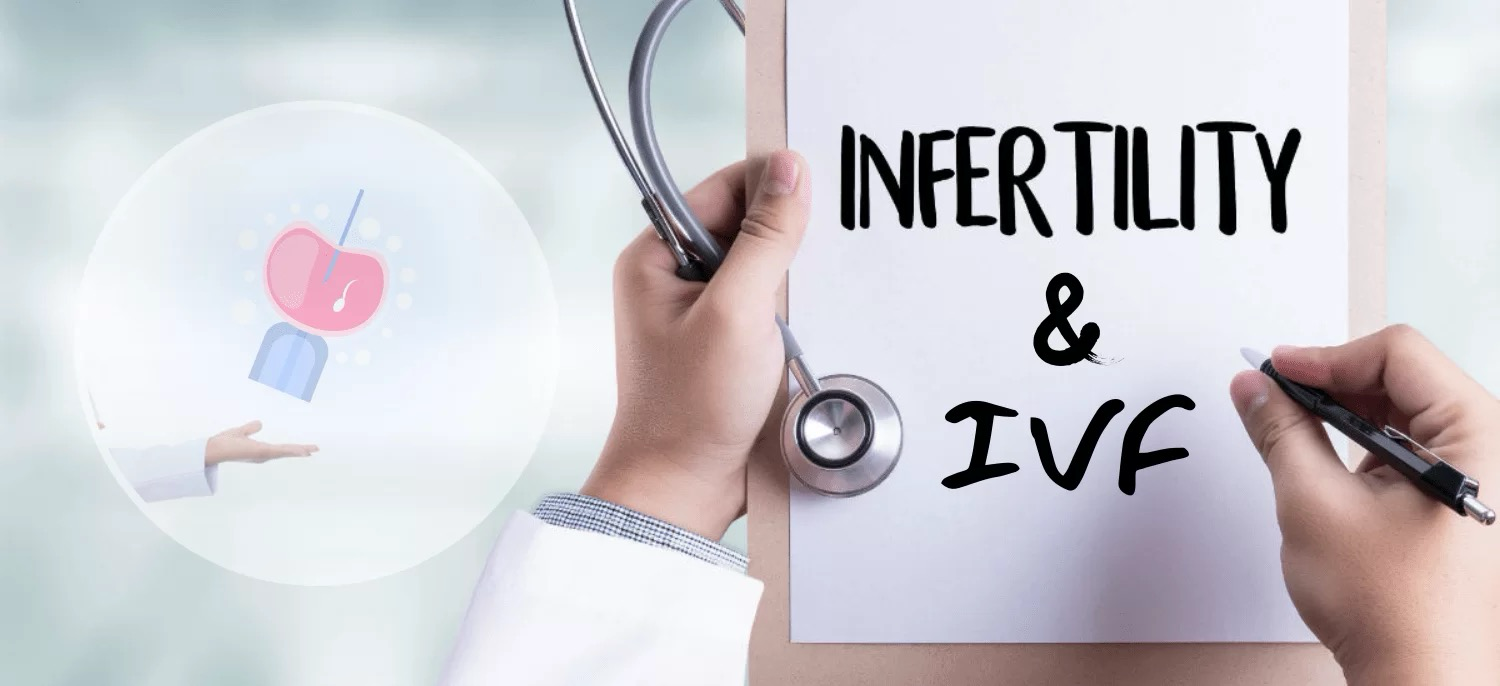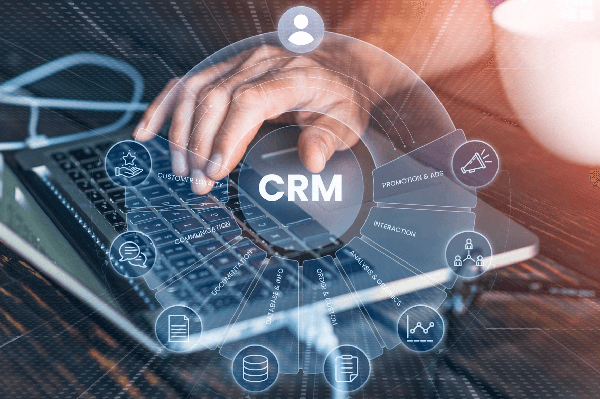Sperm donation is a cornerstone of assisted reproductive technology (ART), especially in processes like in vitro fertilization (IVF). While sperm donors are compensated for their contributions, the true value of sperm to IVF clinics extends beyond the initial payment. Understanding how clinics price sperm donations can help potential donors and patients better navigate the complexities of ART.

What Is Sperm Donation and How Does It Work?
Sperm donation is the process of a male donor providing sperm to fertilize an egg in the laboratory for IVF treatment. The sperm used in IVF can come from anonymous or known donors, with the goal of helping couples dealing with infertility, single women, or same-sex couples seeking to have a child.
1. Screening Process
Donors must undergo thorough medical, genetic, and psychological screening before their sperm is accepted. Blood tests check for infectious diseases, while genetic tests ensure that the sperm does not carry hereditary conditions. Donors are also assessed for general health, lifestyle choices, and family medical history.
2. Sperm Collection and Evaluation
After screening, donors provide a sperm sample, which is analyzed for key quality metrics such as sperm count, motility (movement), and morphology (shape). Only sperm that meets the clinic's quality standards is used for fertilization.
3. Cryopreservation
After evaluation, sperm is cryopreserved (frozen) and stored for future use in IVF treatments. Cryopreservation allows clinics to maintain a bank of viable sperm for patients in need.
Factors That Influence the Price of Sperm
While sperm donations are compensated with an average payment of $50 to $150 per donation, the true value of sperm is influenced by a variety of factors, including sperm quality, the donor's background, regional demand, and legal considerations.
1. Sperm Quality
The quality of sperm is perhaps the most important factor in determining its price. Higher quality sperm, with strong motility, normal morphology, and a high sperm count, is highly desirable. Clinics are willing to pay more for sperm that has been thoroughly tested and deemed exceptional. Factors like the donor's age, health, and lifestyle habits also play a crucial role in assessing sperm quality.
2. Donor Background
Donor background can significantly influence sperm pricing. Donors with higher educational qualifications, successful careers, or desirable physical or intellectual traits (e.g., athleticism, artistic talent) may command higher prices. Clinics may also value sperm from donors with a history of successful pregnancies or those with specific ethnic backgrounds to meet client preferences.
3. Regional Variations
The price of sperm donations can vary by region. Clinics in major metropolitan areas, where the demand for fertility services is higher, may offer higher compensation compared to rural areas. The overall demand for IVF services in a specific region can impact sperm pricing.
4. Legal and Ethical Aspects
Legal factors such as donor anonymity, parental rights, and donor agreements can also impact the value of sperm. In certain regions, sperm banks must adhere to strict ethical guidelines, which can add additional costs to the process. Legal protections for both donors and recipients contribute to the overall price of sperm.
Clinic Costs Associated with Sperm Donation
IVF clinics incur several costs when processing and storing sperm. These costs are factored into the pricing of sperm, including:
Donor Screening and Testing: Comprehensive testing and screening procedures can cost several hundred dollars, ensuring the sperm is safe and suitable for use.
- Sperm Processing: The analysis and processing of sperm for quality control can range between $200 and $500 per sample.
- Cryopreservation and Storage: Storing sperm involves an annual fee that can range from $200 to $400, depending on the clinic's storage policies.
Conclusion
The true value of sperm to IVF clinics goes far beyond the compensation paid to the donor. Clinics rely on high-quality sperm for successful fertilization and ultimately for successful pregnancies. Understanding the factors that influence sperm pricing—such as sperm quality, donor background, regional demand, and legal requirements—can help donors and recipients make informed decisions. With the demand for fertility services on the rise, the pricing structure for sperm donations remains complex but crucial to the success of IVF treatments.





